Details
The Moon is among the rarest substances on Earth. Less than 1400 kg of the Moon is known to exist on Earth and every single bit could fit in the trunk of a large SUV. Of this amount, the nearly 400 kg of Moon rocks returned by Apollo astronauts is not available for public ownership. As for the nearly 800 kg of lunar meteorites, i.e., pieces of the Moon ejected off the lunar surface following an asteroid impact, a good deal of that material is in the world’s great museums.
Scientists identify Moon rocks by specific textural, mineralogical, chemical, and isotopic signatures. As one would expect, many of the Moon rocks returned by Apollo missions are nearly identical to lunar meteorites and such is the case here. NWA 12691 was analyzed and classified by a team led by Dr. Anthony Irving, who is internationally renowned for meteorite classification and especially those of lunar and Martian origin.
This somewhat triangular end piece reveals both the interior and exterior surfaces of a Moon rock. Sahara Desert hues accent the external surface. The classic characteristics of a feldspathic lunar breccia are exhibited: white anorthositic rocks became suspended in a charcoal lunar regolith (groundmass) “cemented” together as part of an impact melt that solidified. The low average concentrations of FeO and Th indicated this lunar sample originated in the feldspathic lunar highlands. Its primary minerals are anorthite, olivine, pigeonite, augite, pigeonite, fayalite, silica, ilmenite and kamacite. The cut and polished face reveals the same lithology as the exterior in a finer resolution. The brecciation seen is the result of the ongoing bombardment of the Moon’s surface by asteroid impacts prior to the collision responsible for launching this Moon rock to Earth. Accompanied by a custom armature. Modern cutting.
The official classification and publication of this meteorite was performed by Dr. Anthony Irving, the world’s foremost expert in the classification of lunar meteorites. His work is then vetted by the scientists on the Nomenclature Committee of the Meteoritical Society.
Christie's would like to thank Dr. Alan E. Rubin at the Department of Earth, Planetary, and Space Sciences, University of California, Los Angeles for his assistance in preparing this catalogue.
247 x 193 x 37mm (9.75 x 7.66 x 1.5 in.) and 1919.2 grams (4.25 lbs)
Details
The Moon is among the rarest substances on Earth. Less than 1400 kg of the Moon is known to exist on Earth and every single bit could fit in the trunk of a large SUV. Of this amount, the nearly 400 kg of Moon rocks returned by Apollo astronauts is not available for public ownership. As for the nearly 800 kg of lunar meteorites, i.e., pieces of the Moon ejected off the lunar surface following an asteroid impact, a good deal of that material is in the world’s great museums.
Scientists identify Moon rocks by specific textural, mineralogical, chemical, and isotopic signatures. As one would expect, many of the Moon rocks returned by Apollo missions are nearly identical to lunar meteorites and such is the case here. NWA 12691 was analyzed and classified by a team led by Dr. Anthony Irving, who is internationally renowned for meteorite classification and especially those of lunar and Martian origin.
This somewhat triangular end piece reveals both the interior and exterior surfaces of a Moon rock. Sahara Desert hues accent the external surface. The classic characteristics of a feldspathic lunar breccia are exhibited: white anorthositic rocks became suspended in a charcoal lunar regolith (groundmass) “cemented” together as part of an impact melt that solidified. The low average concentrations of FeO and Th indicated this lunar sample originated in the feldspathic lunar highlands. Its primary minerals are anorthite, olivine, pigeonite, augite, pigeonite, fayalite, silica, ilmenite and kamacite. The cut and polished face reveals the same lithology as the exterior in a finer resolution. The brecciation seen is the result of the ongoing bombardment of the Moon’s surface by asteroid impacts prior to the collision responsible for launching this Moon rock to Earth. Accompanied by a custom armature. Modern cutting.
The official classification and publication of this meteorite was performed by Dr. Anthony Irving, the world’s foremost expert in the classification of lunar meteorites. His work is then vetted by the scientists on the Nomenclature Committee of the Meteoritical Society.
Christie's would like to thank Dr. Alan E. Rubin at the Department of Earth, Planetary, and Space Sciences, University of California, Los Angeles for his assistance in preparing this catalogue.
247 x 193 x 37mm (9.75 x 7.66 x 1.5 in.) and 1919.2 grams (4.25 lbs)
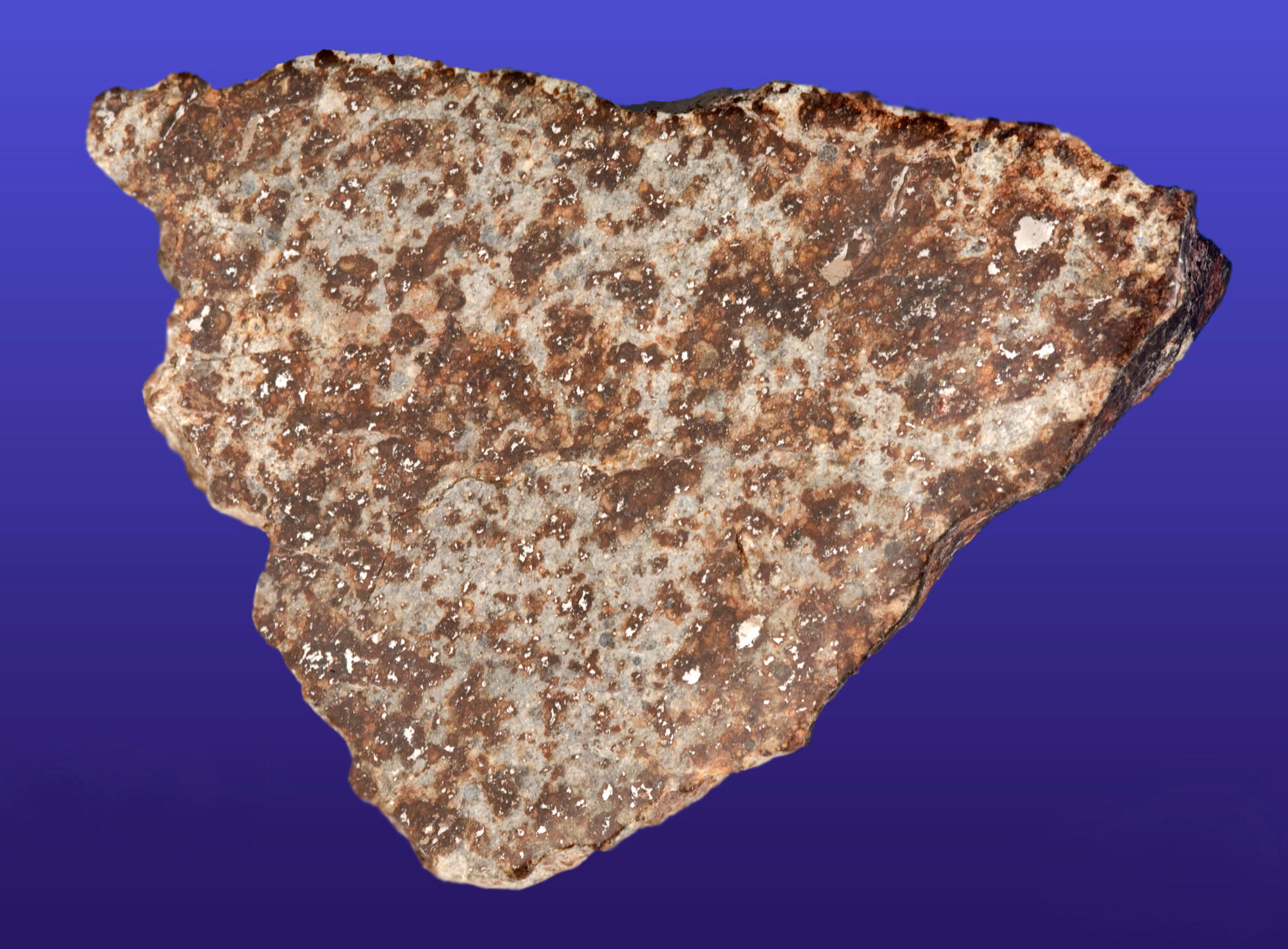
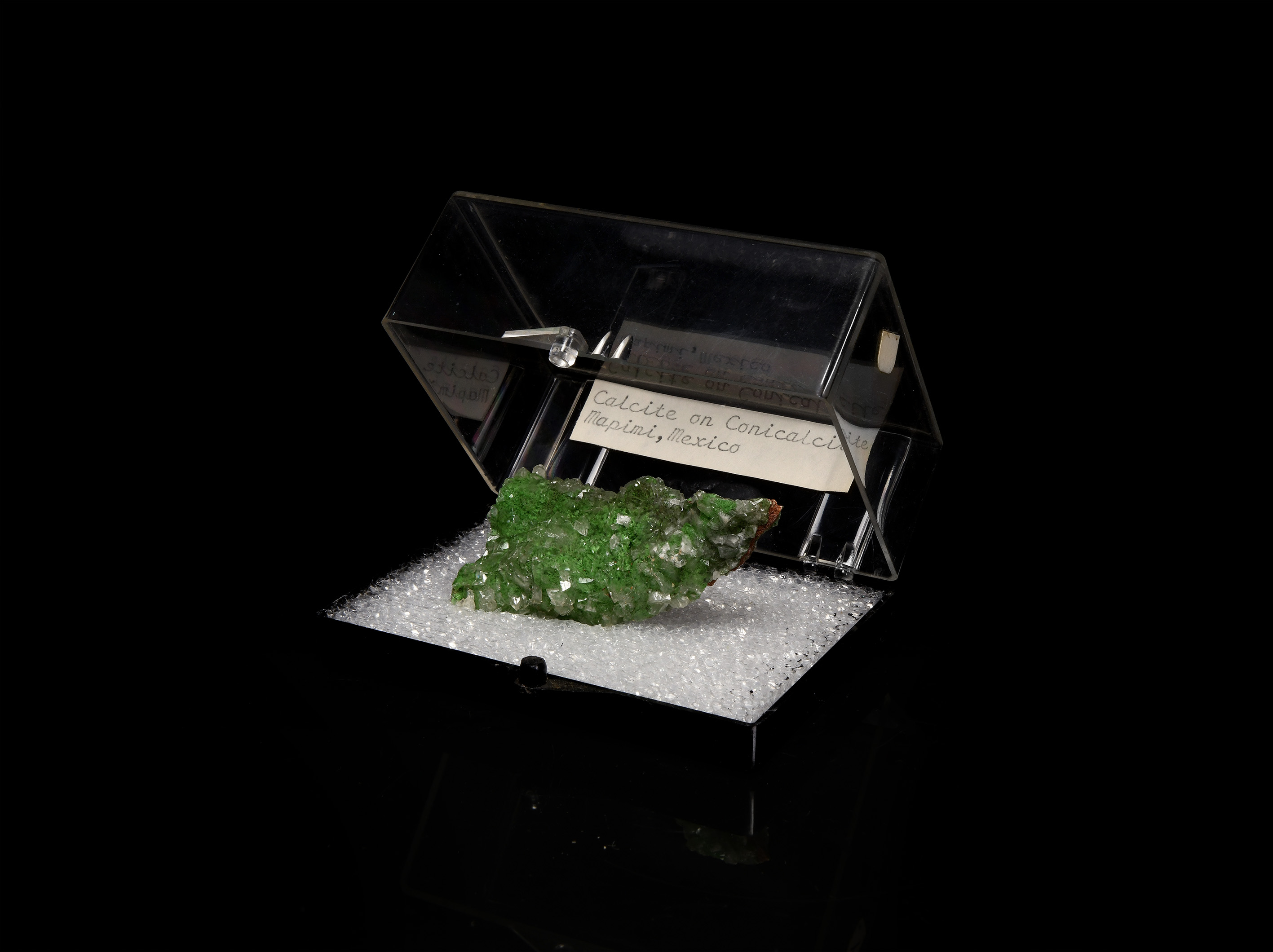


.jpg)




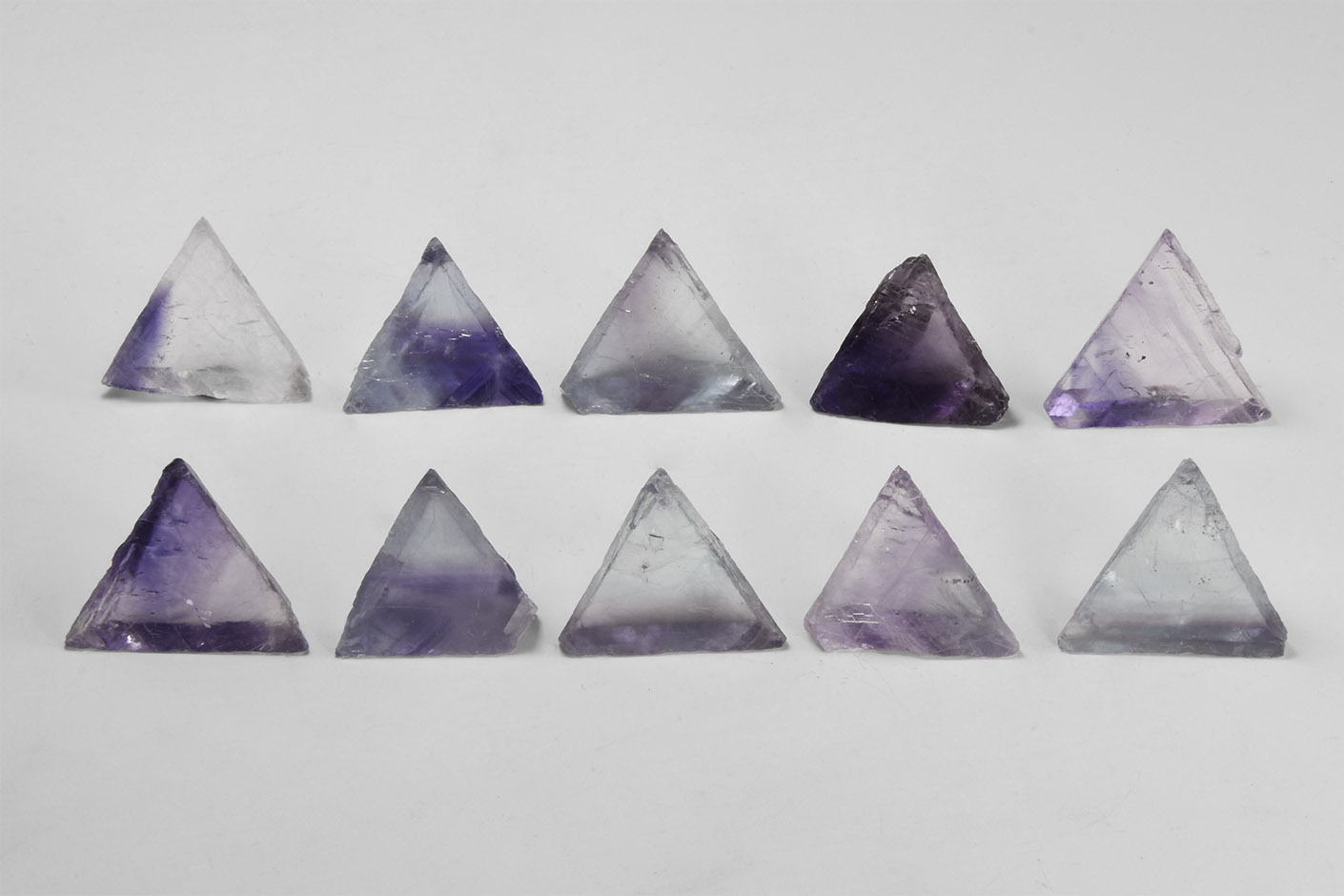

.jpg)
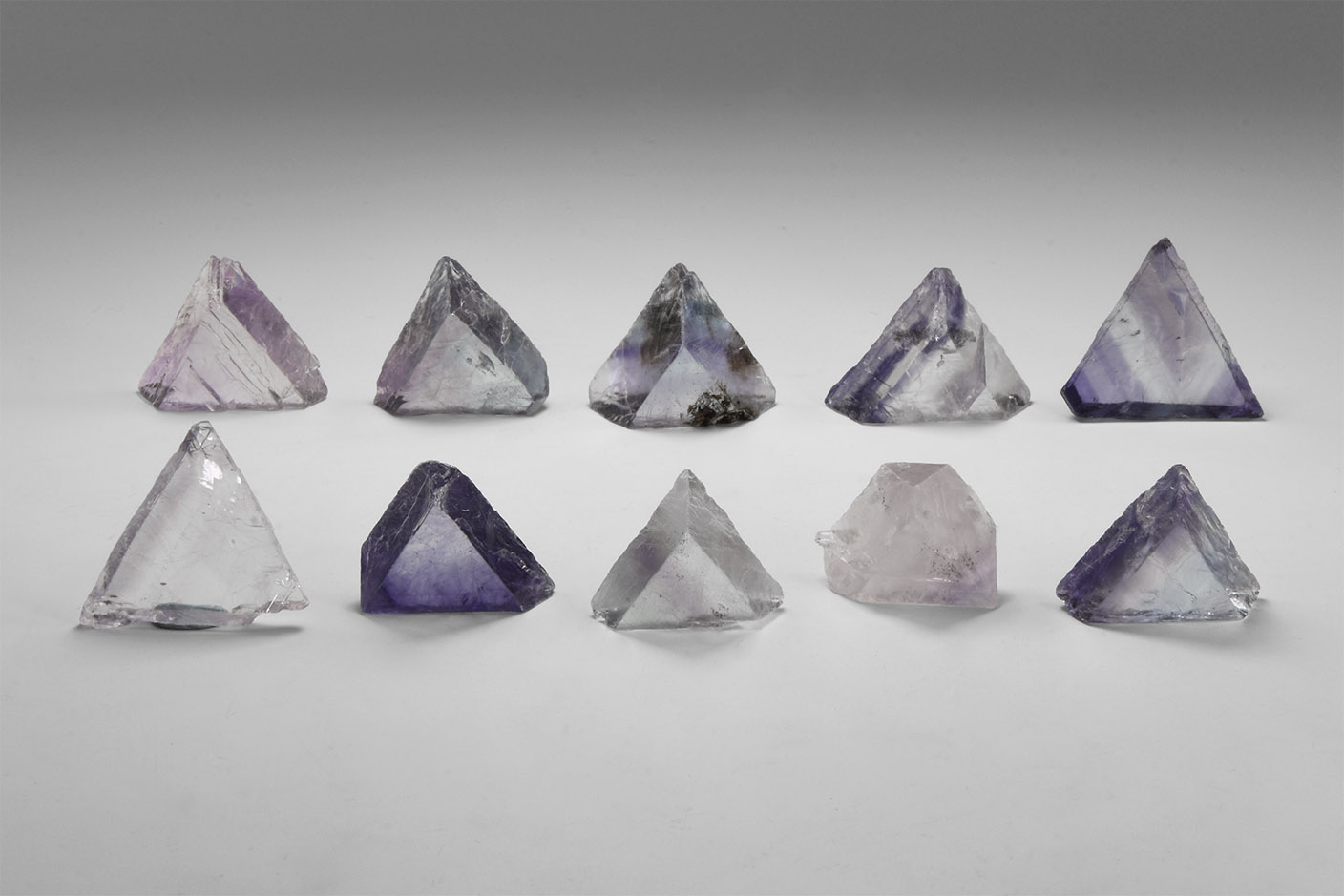
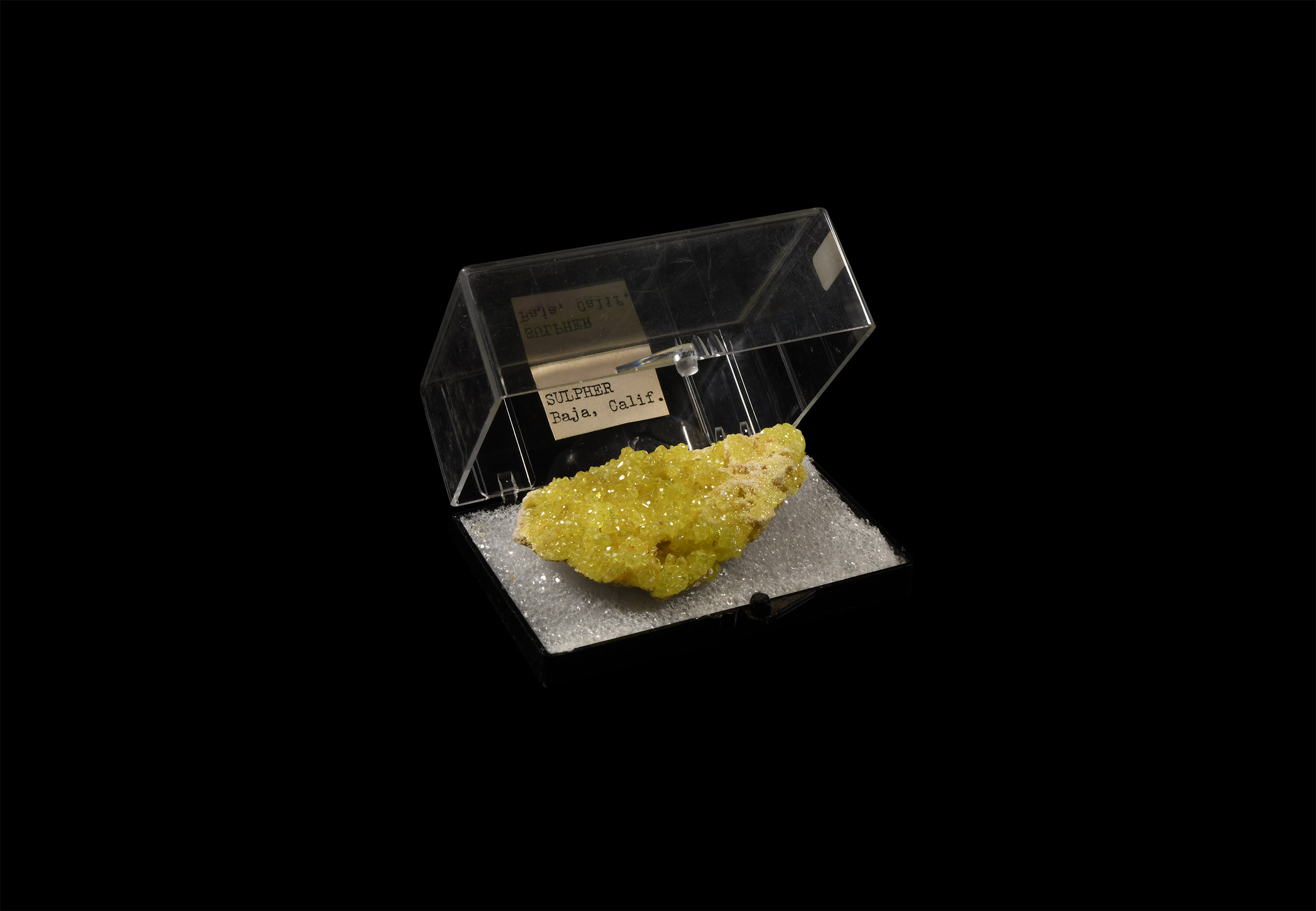
Testen Sie LotSearch und seine Premium-Features 7 Tage - ohne Kosten!
Lassen Sie sich automatisch über neue Objekte in kommenden Auktionen benachrichtigen.
Suchauftrag anlegen